Project Details
The San Antonio Chapter of the Native Plant society provided a grant to NPSOT members Ellen Hagan and Teresa Maslonka in 2022 to purchase plants for a native plant demonstration garden at the Harmony Hills Cabana Club. The rest of this garden project – site work, soil, mulch and signage – was paid for by the community via a fundraiser selling personalized bricks.
The goal was to create a native plant demonstration garden at the entrance of the Harmony Hills Cabana Club pool house to showcase and identify the usage of low maintenance, drought tolerant, beautiful native plants in a professionally-designed, conventionally-attractive garden. The plant palette selected largely included the larger, ornamental native grasses, shrubs and agaves, interspersed with a few flowering, pollinator-friendly perennials and ground covers.
The project took a full year to complete as substantial site work was required. Volunteers helped with all phases of the work – from site work to planting, weeding, and watering!
Plant List
The plants in the garden were selected for a number of reasons, including drought-tolerance, beauty, availability, and ease of maintenance. If you are interested in adding any of these plants to your garden, you can learn more about them below. You’ll also find resources for locating native plants here.
| Image | Common & Scientific Name | Water Use | Light Requirement | Soil Moisture | Duration | Bloom Color |
|---|---|---|---|---|---|---|
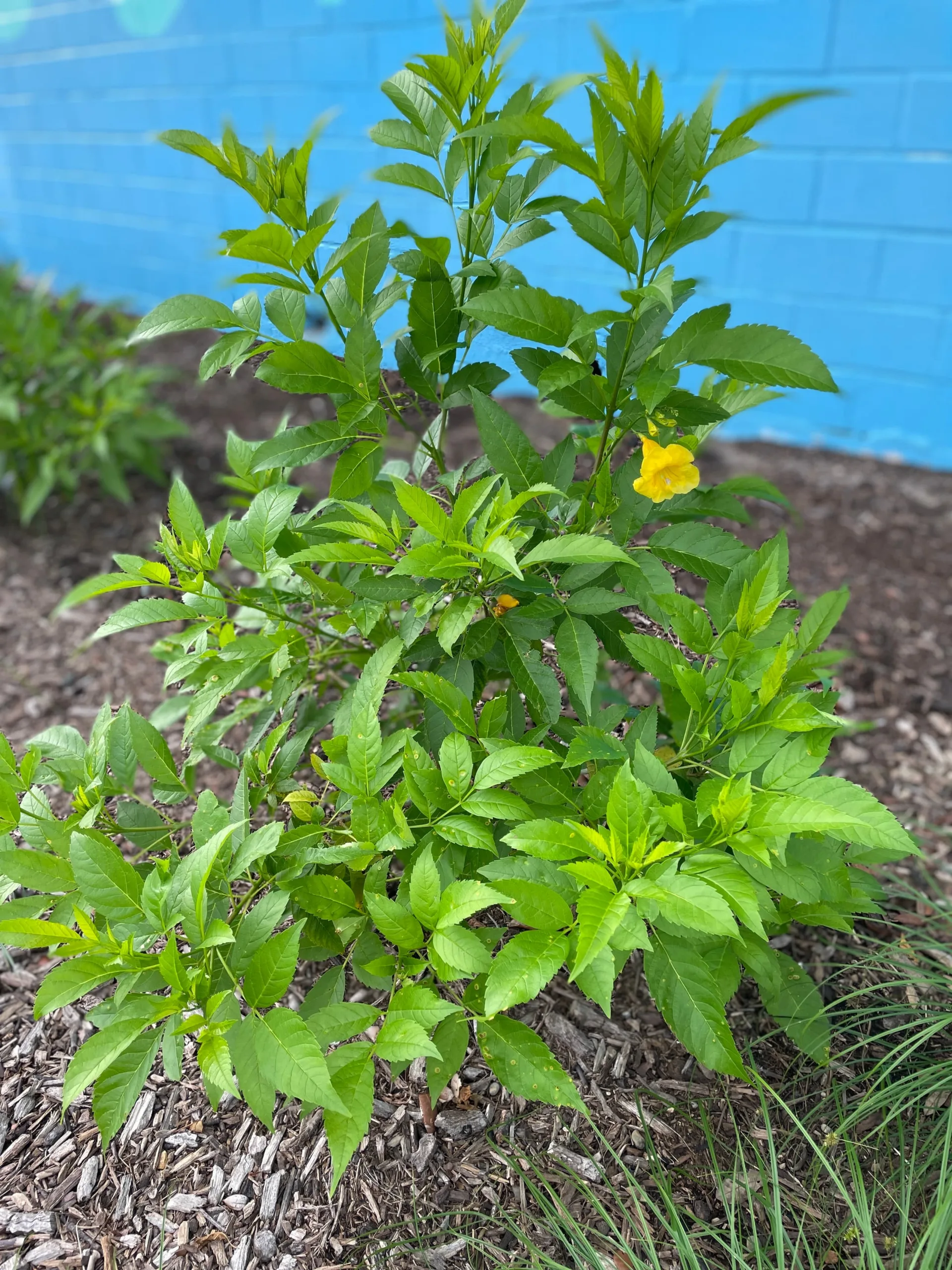 | 1. Esperanza, Yellowbells Tecoma stans | Low | Sun, Part Shade | Dry | Perennial | Yellow |
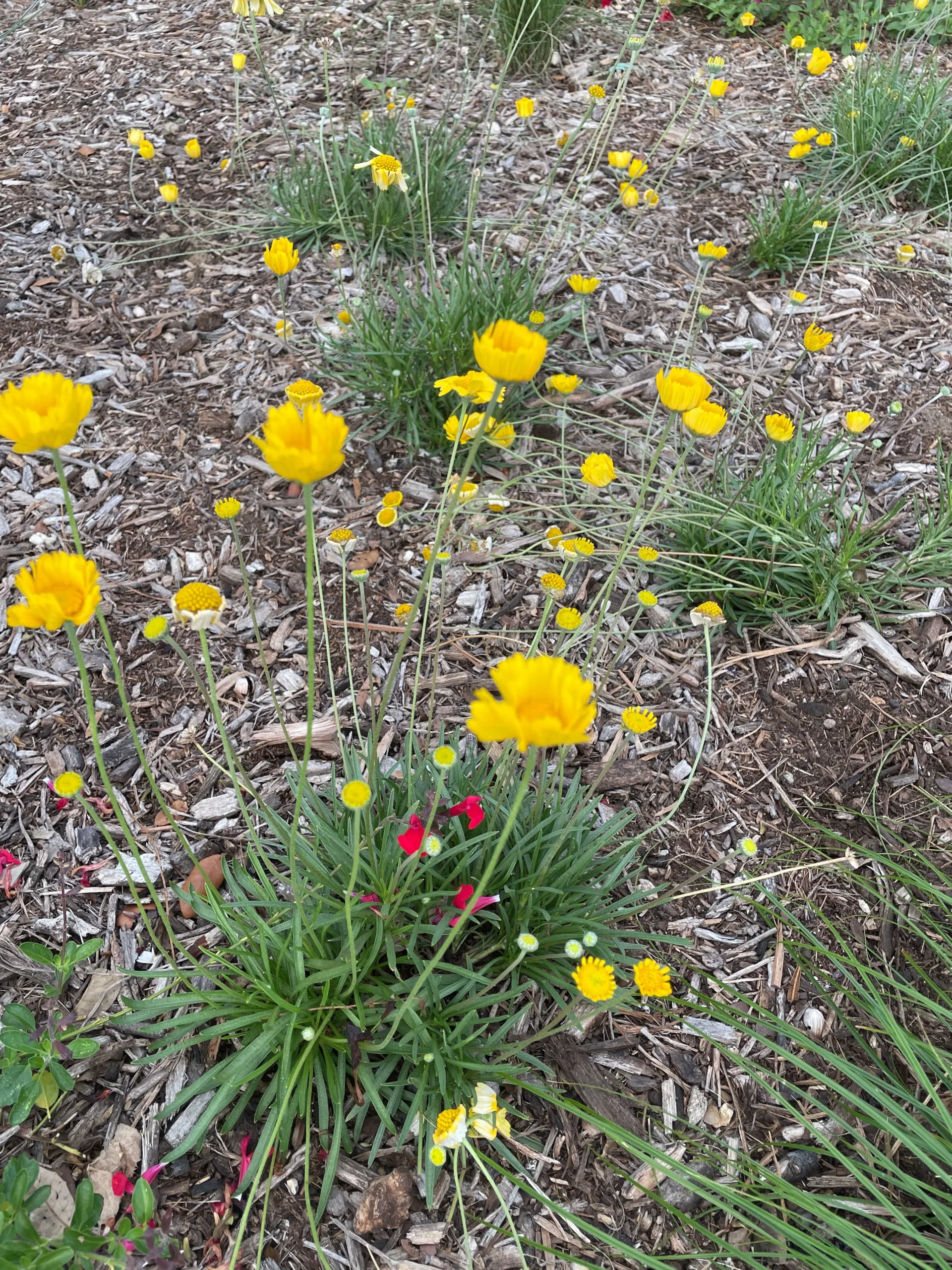 | 2. Four-nerve Daisy Tetraneuris scaposa | Low | Sun, Part Shade | Dry | Perennial | Yellow |
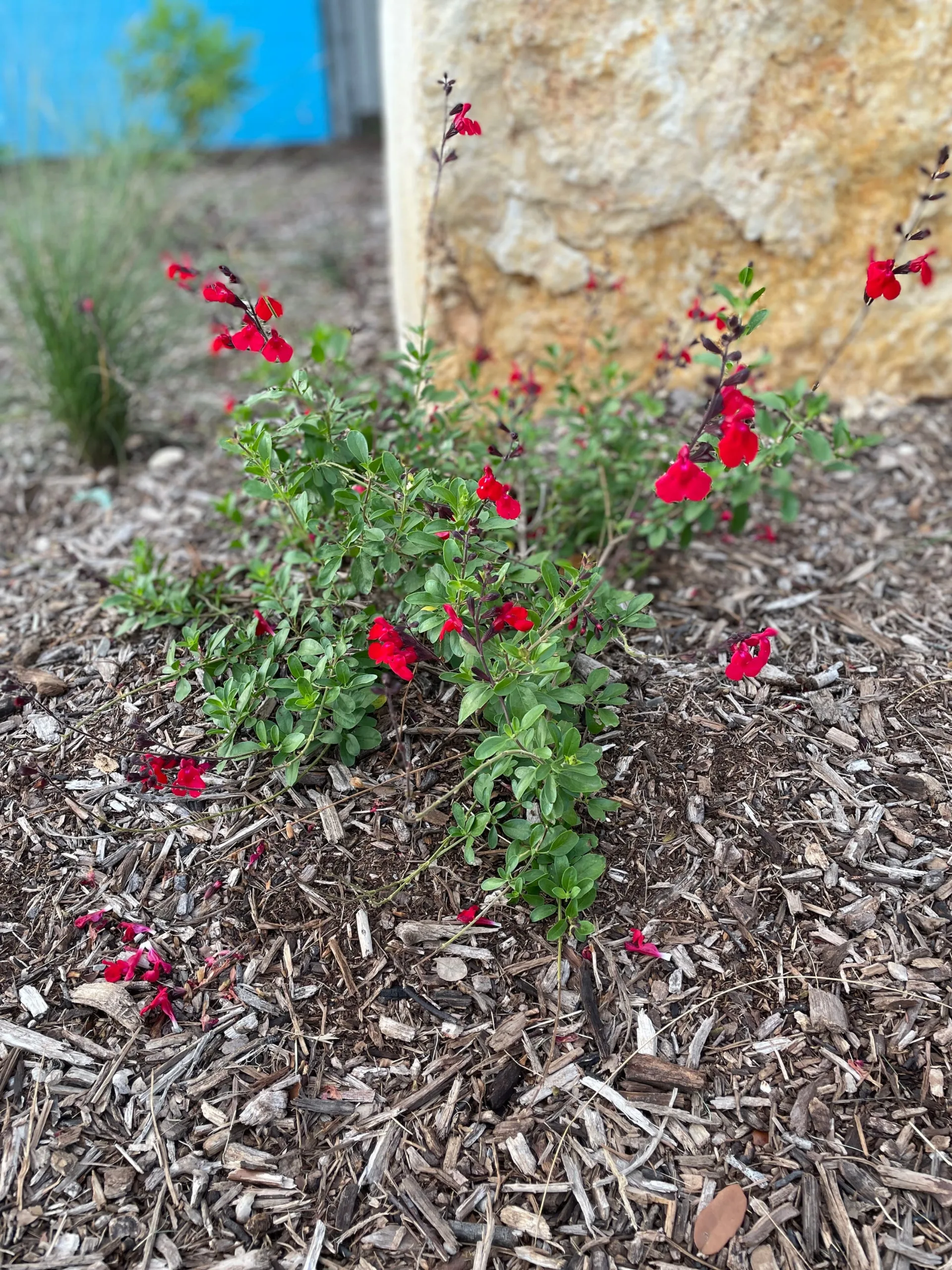 | 3. Gregg Salvia, Autumn Sage Salvia greggii | Low | Sun | Dry | Perennial | Red |
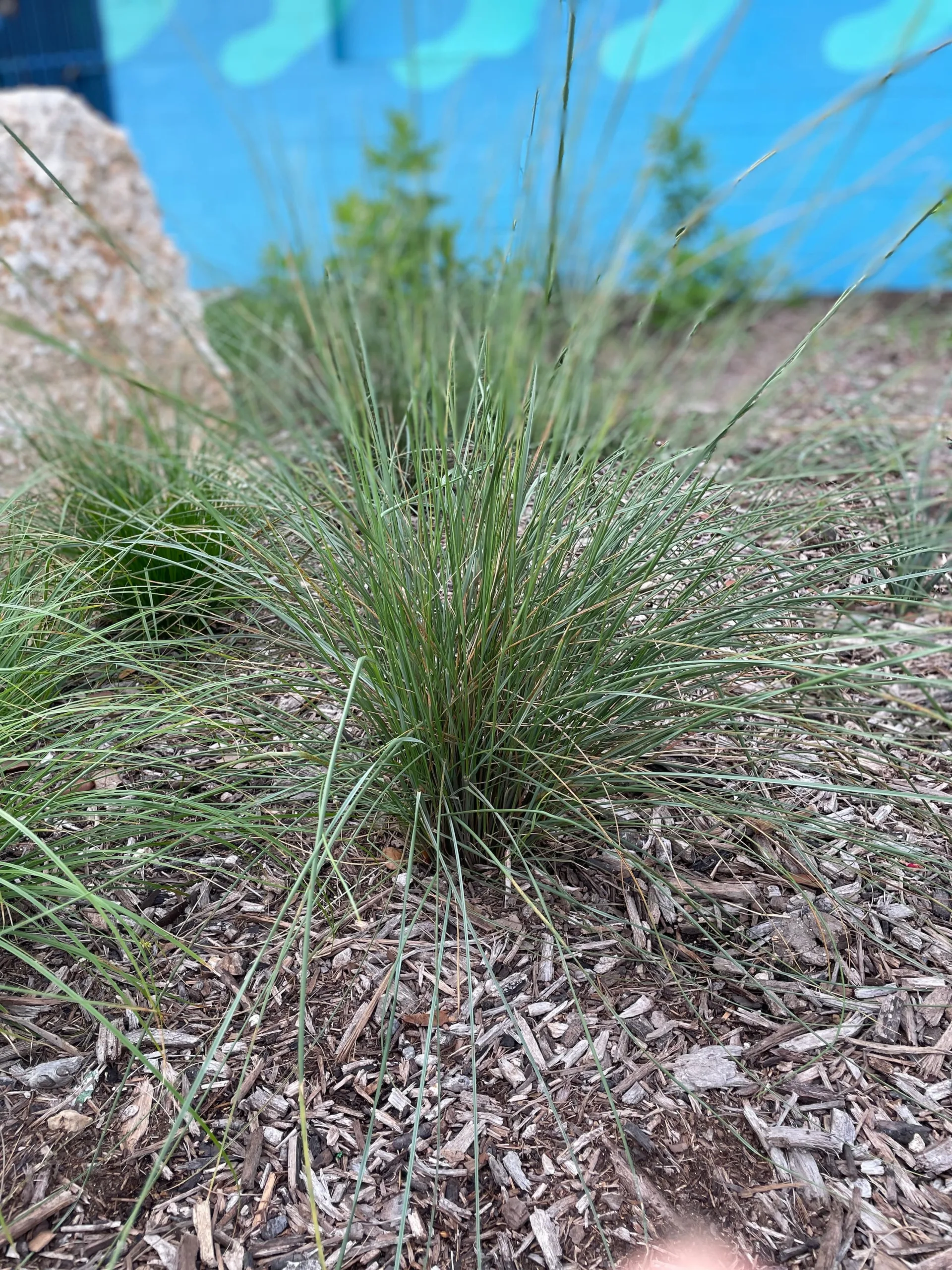 | 4. Gulf Muhly Muhlenbergia capillaris | Low, Medium | Sun | Dry, Moist | Perennial | Grasses; Pink & Purple |
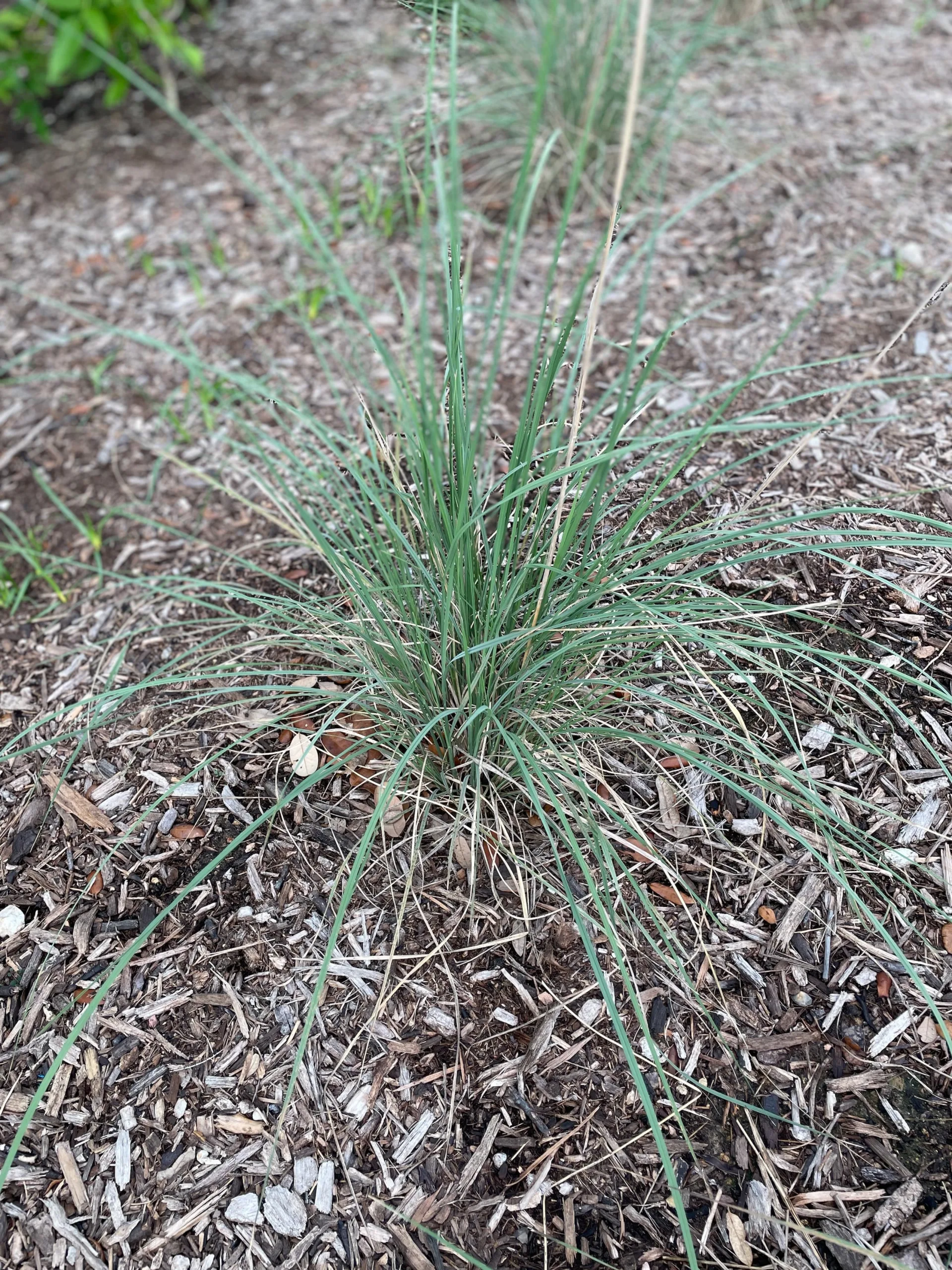 | 5. Lindheimer Muhly, Big Muhly Muhlenbergia lindheimeri | Medium | Sun | Dry, Moist | Perennial | Grasses; Cream |
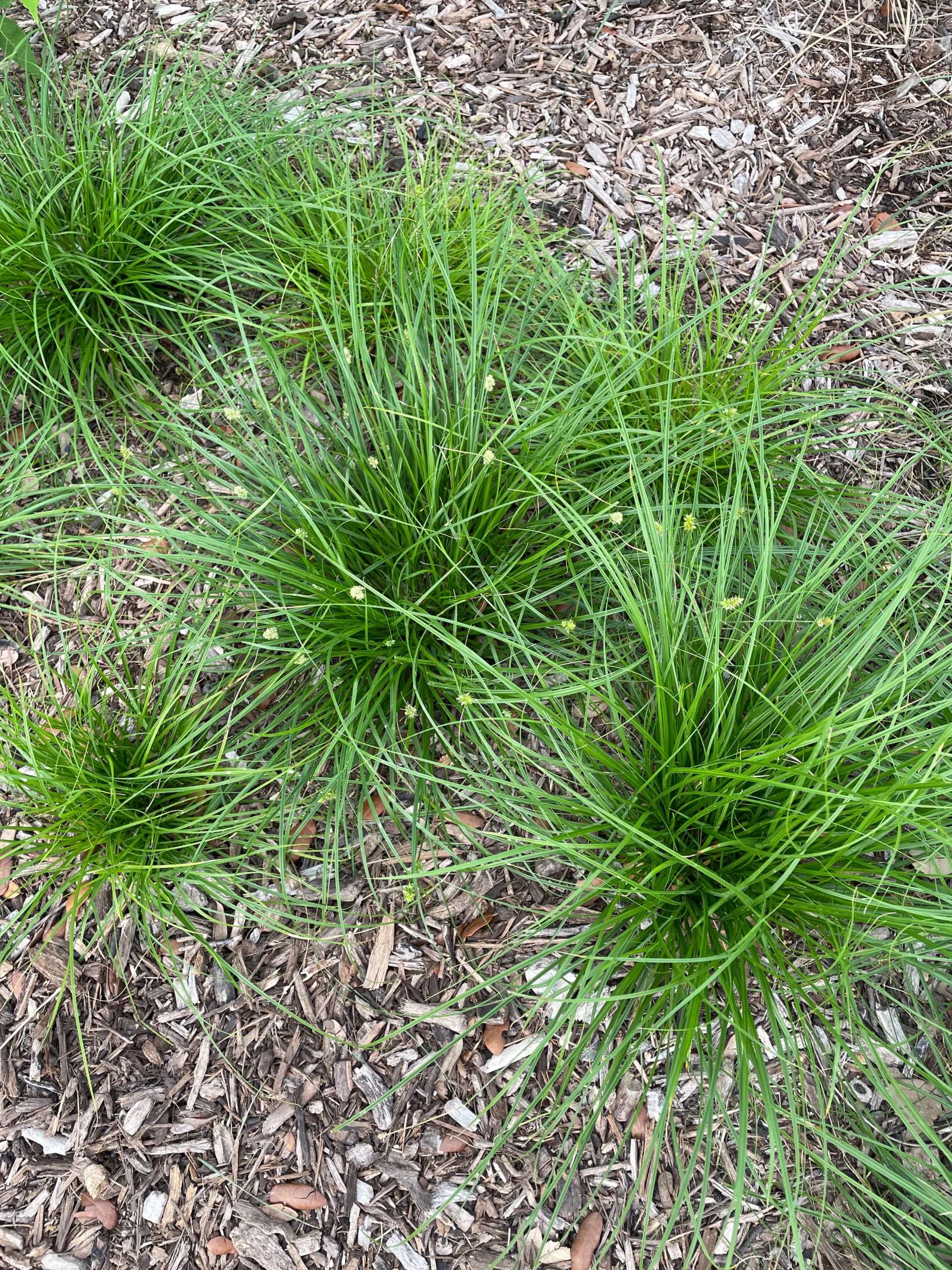 | 6. Meadow Sedge, Webberville Sedge Carex perdentata | Sun | Moist | Perennial | Grasses | |
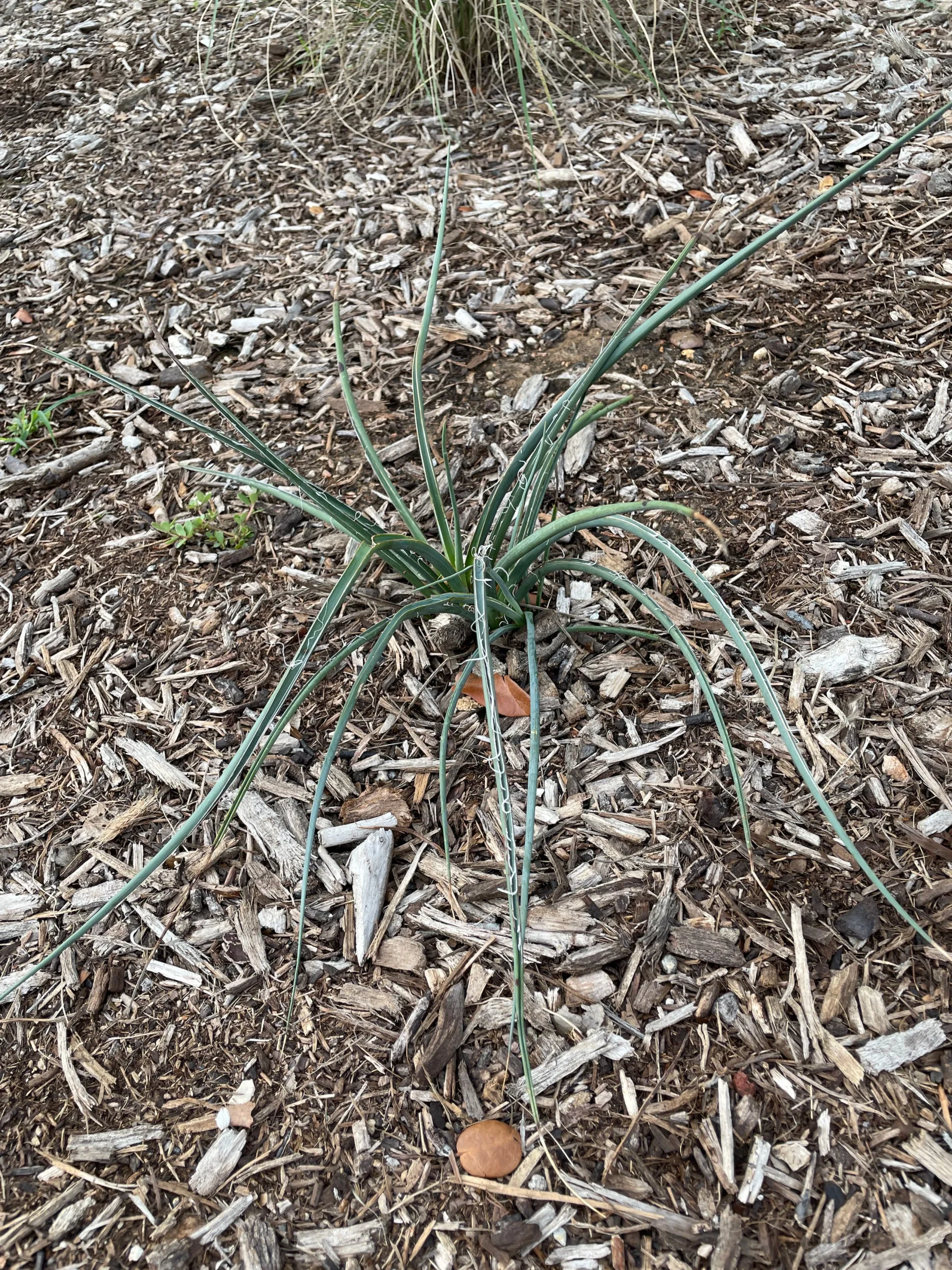 | 9. Red Yucca Hesperaloe parviflora | Low | Sun | Dry | Perennial | Pink |
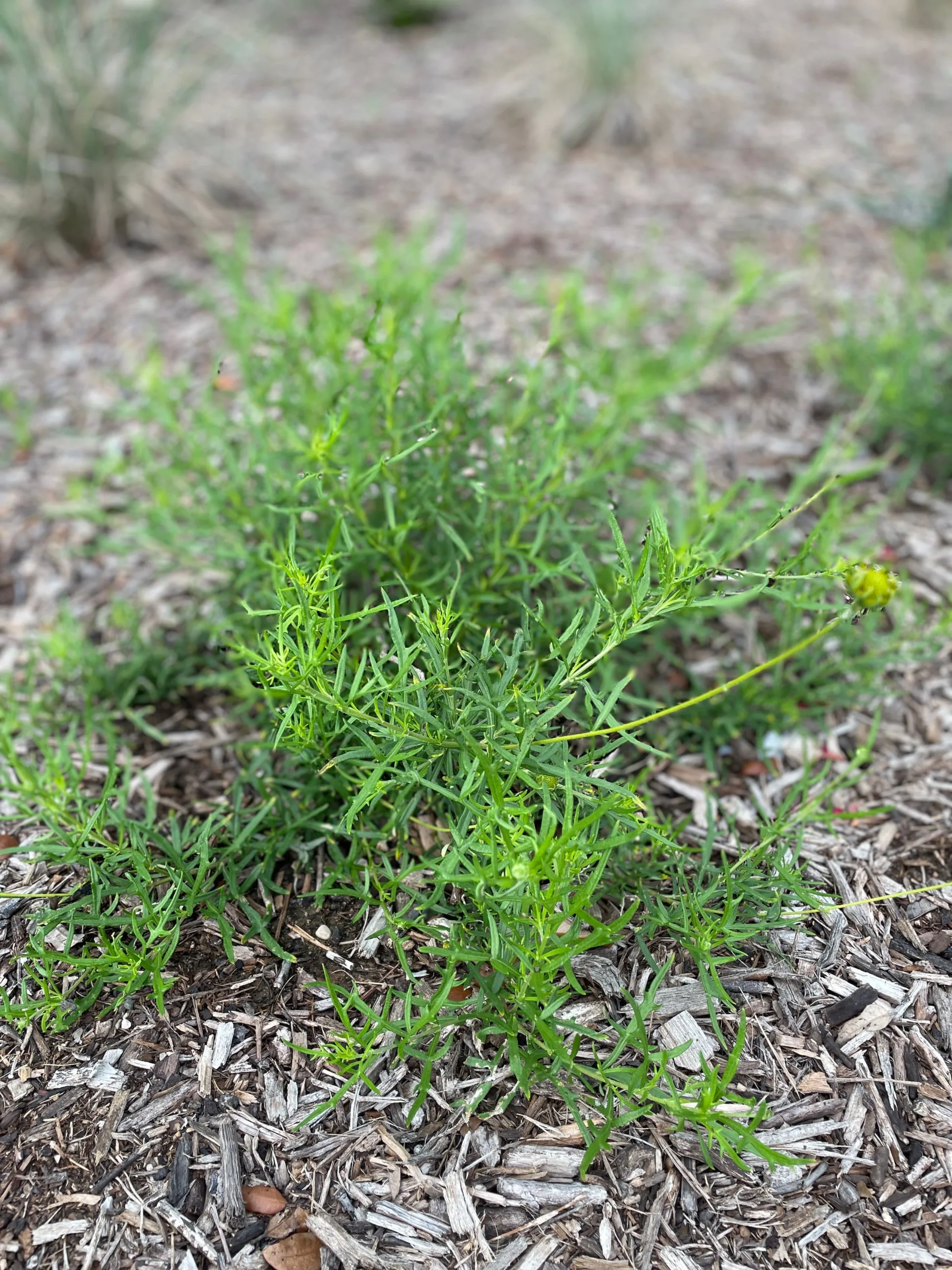 | 7. Skeleton-leaf Goldeneye Viguiera stenoloba | Low | Sun, Part Shade | Dry | Perennial | Yellow |
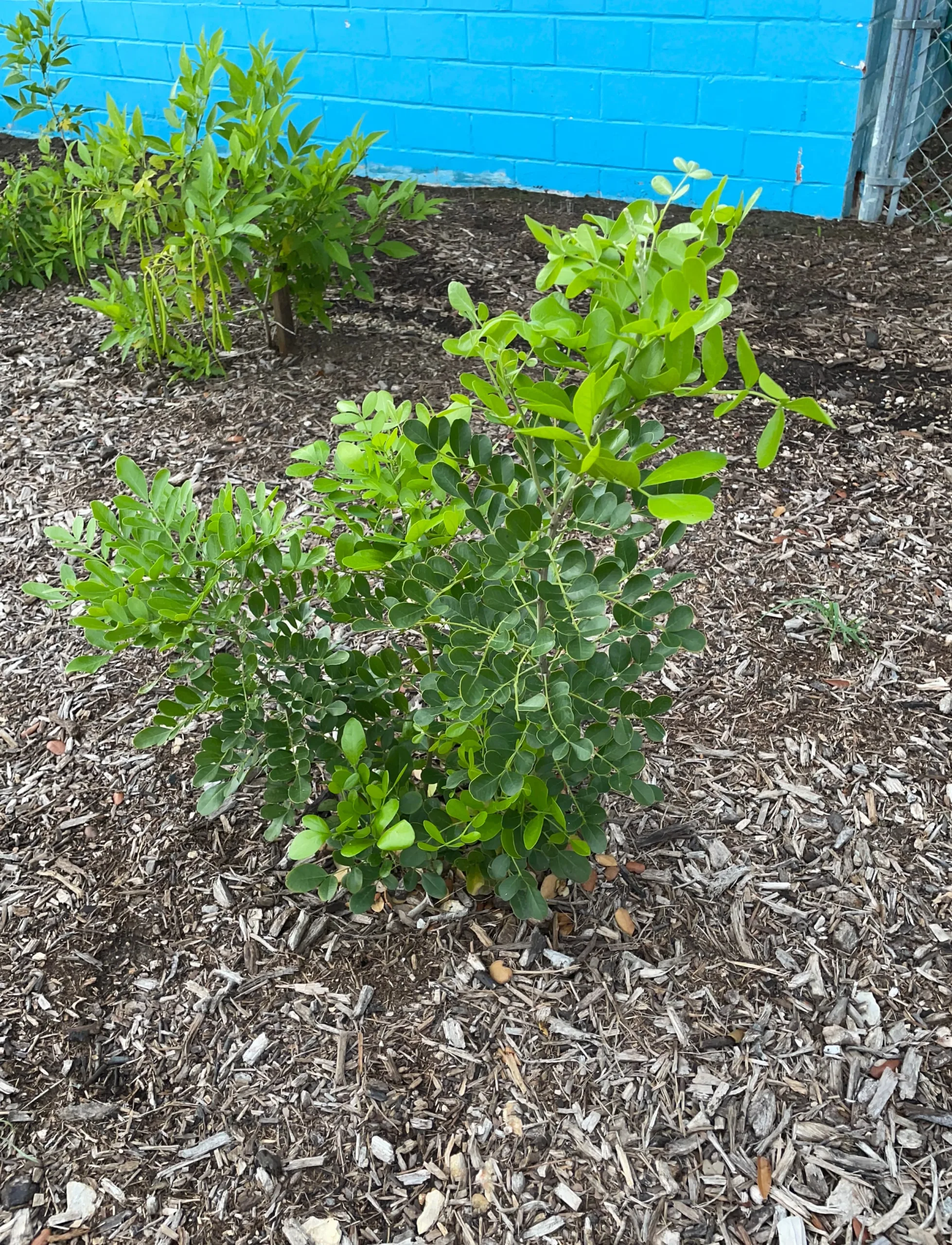 | 8. Texas Mountain Laurel Sophora secundiflora | Low, Medium | Sun, Part Shade | Dry, Moist | Tree | Trees; Purple |
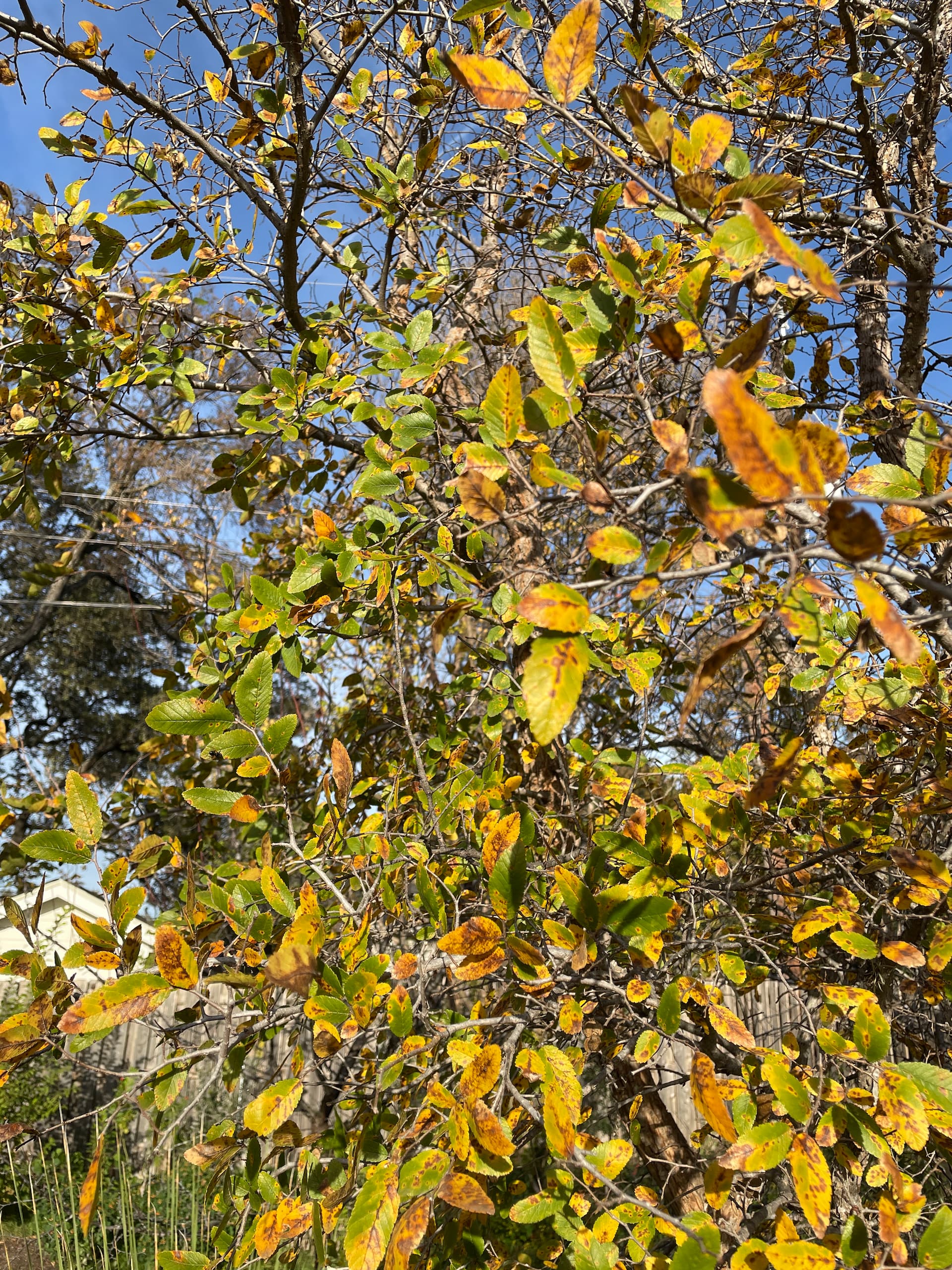 | 9. Cedar Elm Ulmus crassifolia | Medium | Part Shade | Moist | Tree | Trees & Shrubs |
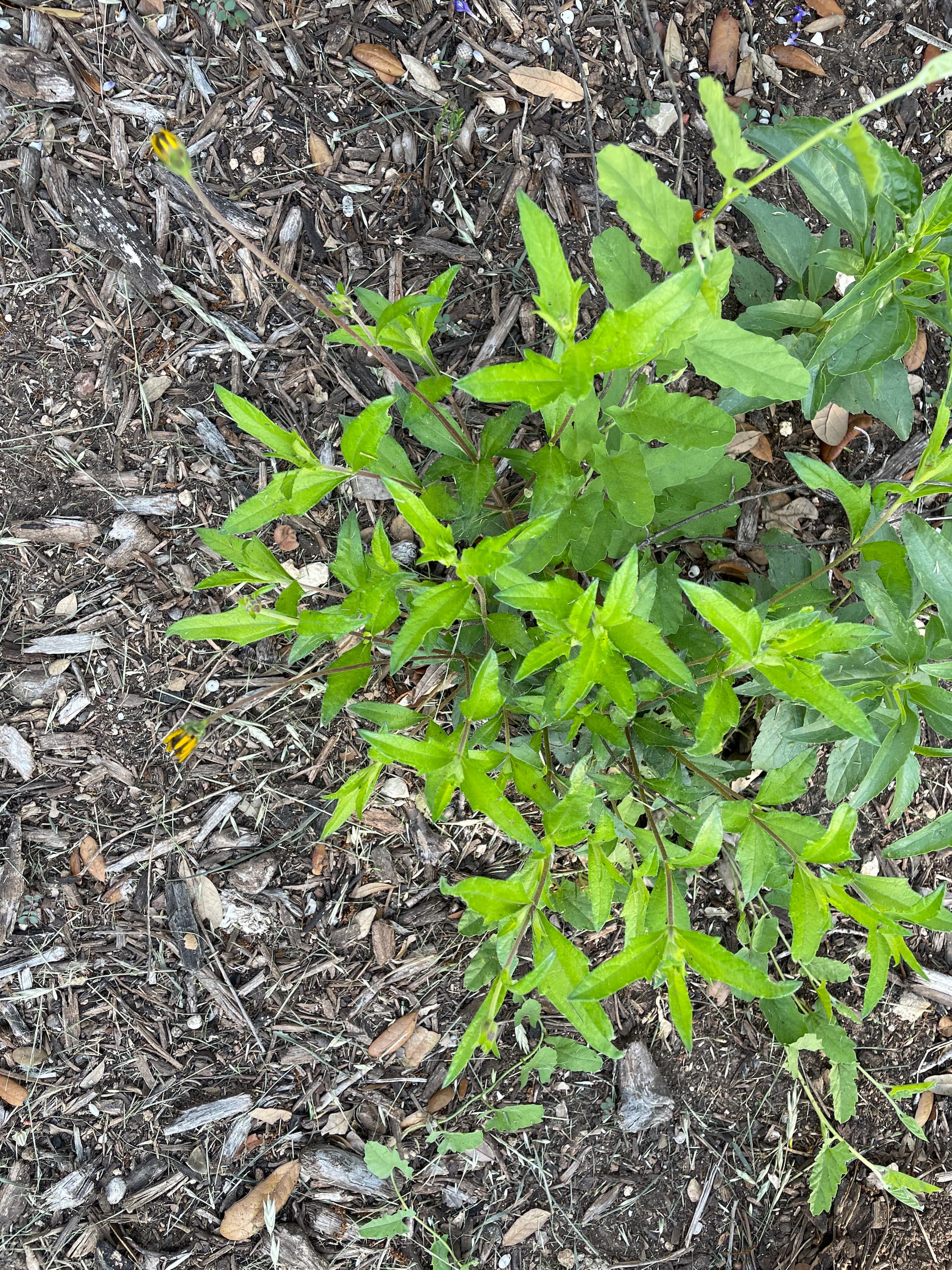 | 10. Zexmenia Wedelia acapulcensis var. hispida | Low | Sun, Part Shade | Dry, Moist | Perennial | Yellow & Orange |


